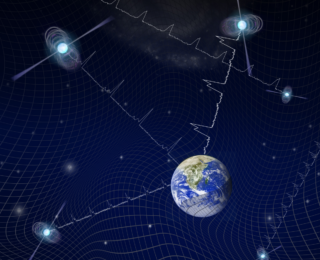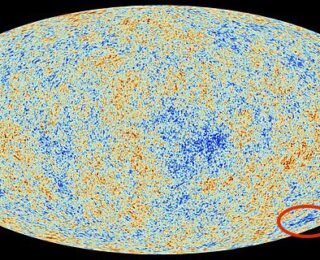
How to Have the Best Time with Atomic Clocks and Millisecond Pulsars
What time is it? For many applications, ranging from GPS navigation to interferometry-based astronomy, answering this question with extreme precision is crucial. To do so, one needs a highly stable clock. Currently, the most stable clocks are atomic clocks, but they are not perfect. Today’s paper presents a method to improve the stability of the time signal from atomic clocks by combining it with the time signal from millisecond pulsars.

